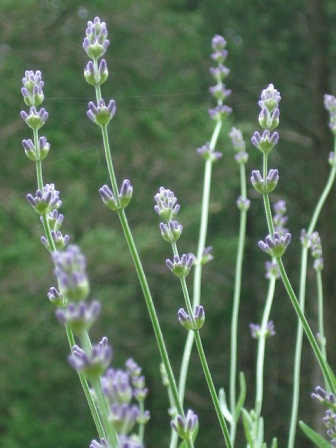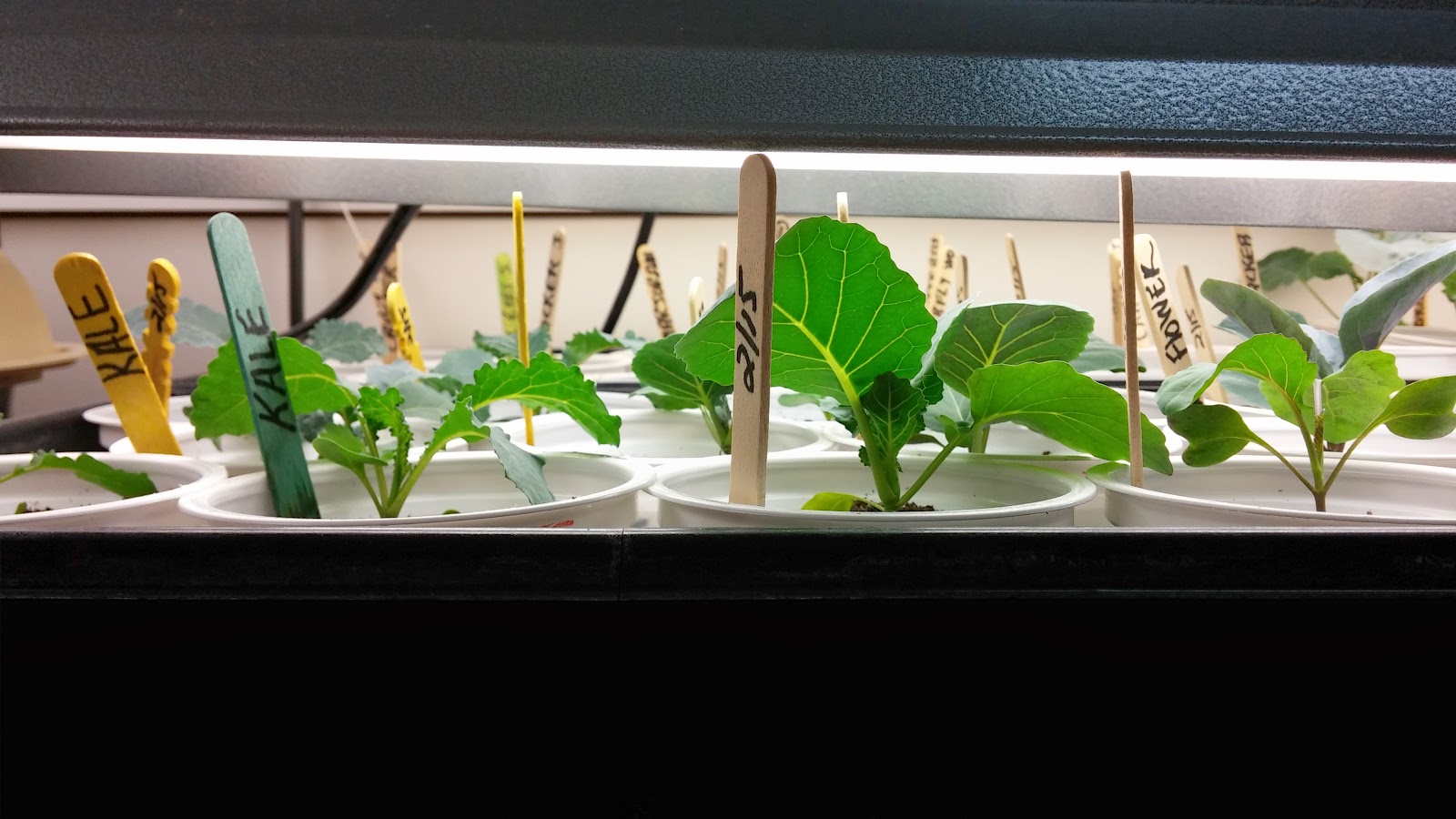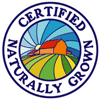If you're interested in learning how to navigate food purchases to avoid GMO, HrBGH, herbicides, and antibiotics--or to understand why you should--
Good Clean Food by Samuel Epstein, MD, and Beth Leibson can help. The authors document health risks of foods: milk, meat, fruits, vegetables, and processed food. They encourage consumers to prevent cancer and other diseases by shopping carefully. They explain their concerns, give the history as to why changes in our food system have come about, and offer specific shopping suggestions. Stories about specific organization that offer healthy, sustain-ably produced food are highlighted at the end of each chapter. A nutritional chapter on detoxification includes therapies like vitamin-c drip, chelation, juicing, supplement, mediation, yoga, and acupuncture. The appendix lists companies the Cornucopia Institute, a nonprofit farm policy research group, endorses as ecologically sound producer of healthy food. If you're trying to locate healthy food, and avoid the grocery store minefield, this guide can help.












































